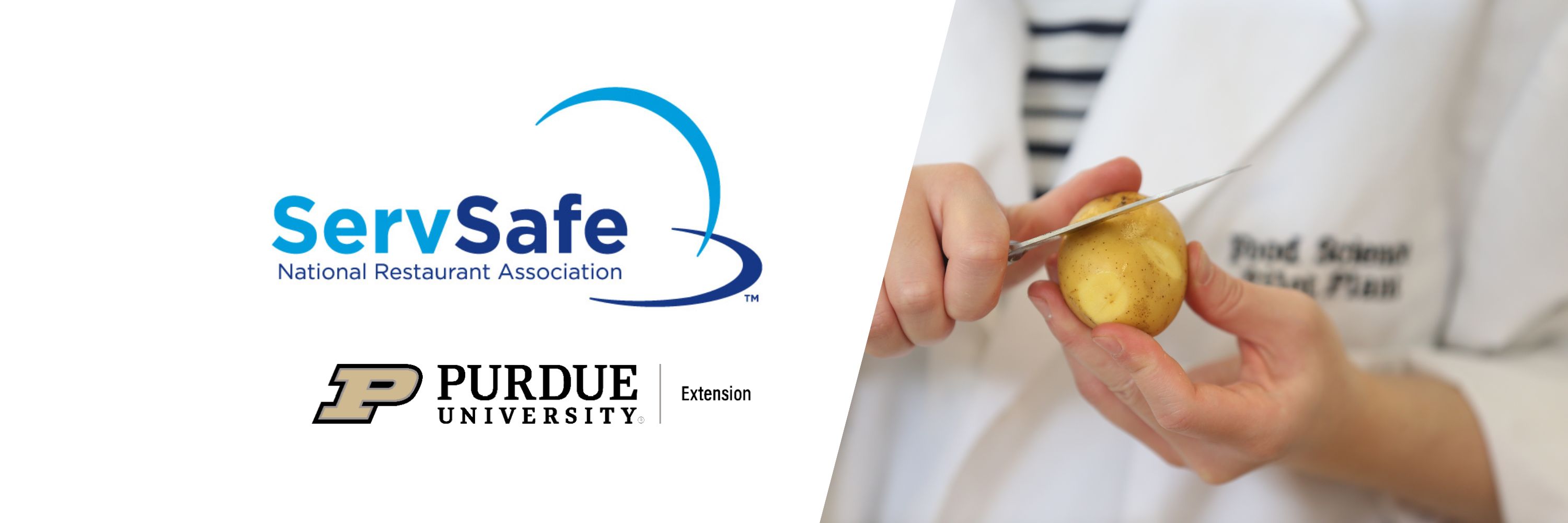Comprehensive Food Handlers Educating for Health and Safety
In today's swiftly developing food solution landscape, thorough food handlers training has emerged as a critical component for making sure health and safety. By instilling vital practices connected to hand hygiene, food storage space, and cleanliness, this training not only alleviates the danger of foodborne ailments but also strengthens compliance with regulative requirements. The effects of such training expand past mere conformity; they discuss public health and wellness and customer trust. The effectiveness of these training programs can vary significantly. What elements really identify their success in cultivating a society of safety?
Relevance of Food Safety Training

In addition, food security training aids to make sure that employees know present laws and guidelines, which are important for keeping operational licenses and staying clear of costly fines. Regular training sessions likewise offer as a platform for strengthening best methods, consequently decreasing the probability of human mistake, which often acts as a leading reason for food contamination.
Furthermore, buying food security training can improve a facility's credibility, as clients significantly focus on eating experiences that reflect high safety and security standards. Such proactive steps not only secure customers yet additionally contribute to the long-term success of food companies. In summary, detailed food safety and security training is an important component of food solution procedures, directly impacting both public health and company sustainability.
Key Concepts of Health
Keeping high requirements of hygiene is important in any kind of food dealing with atmosphere to avoid contamination and ensure the security of consumers. The key concepts of hygiene incorporate a number of important methods that food handlers must consistently use.
First, hand hygiene is critical; food handlers need to clean their hands thoroughly with soap and water before and after taking care of food, in addition to after using the restroom or touching any kind of potentially contaminated surface areas. Tools and surfaces must be regularly cleaned up and sanitized to remove microorganisms. This includes utensils, cutting boards, and kitchen counters, which should be maintained in a clean problem.


Appropriate food storage is additionally crucial; raw foods ought to be saved individually from cooked or ready-to-eat things to avoid cross-contamination. servsafe. Furthermore, maintaining proper temperature controls is vital; perishable things ought to be maintained at risk-free temperatures to prevent microbial growth
Last but not least, personal health can not be overlooked. Food trainers should use tidy clothing, usage hair restrictions, and avoid functioning when ill. By sticking to these essential concepts of health, food handlers can dramatically reduce the danger of foodborne illnesses and promote a much safer eating experience for all consumers.
Typical Foodborne Ailments
Although many foodborne diseases can be protected against through appropriate health and secure food handling methods, they stay a substantial public health issue. Foodborne microorganisms can bring about a selection of illnesses, ranging from moderate intestinal distress to extreme difficulties and even fatality.
Common foodborne health problems consist of salmonellosis, brought on by Salmonella germs, frequently linked to undercooked chicken and eggs. One more common ailment is listeriosis, connected with raw milk items and ready-to-eat meats, which can be specifically unsafe for immunocompromised people and expectant females. Norovirus, often acquired from infected food or surface areas, is understood for its fast spread and capacity to create episodes in public setups.
Escherichia coli (E. coli) infection, significantly connected with undercooked ground beef and contaminated fruit and vegetables, can bring about extreme stomach aches and kidney failure sometimes. In addition, Clostridium perfringens, usually located in big quantities of food that are improperly saved, can create gastrointestinal disorder with signs appearing quickly after usage.
Understanding these illnesses is crucial for food trainers, as understanding can considerably reduce the threat of contamination and secure public health. Correct education and learning and training are important parts in combating foodborne illness.
Best Practices for Food Handling
Reliable food managing practices are essential in stopping the spread of foodborne diseases. Correct hand hygiene is crucial; food handlers have to wash their hands extensively with soap and water before and after taking care of food, particularly raw meat or fowl. This simple activity significantly minimizes the risk of cross-contamination
Second of all, maintaining suitable food storage temperatures is vital. Consistently sanitize countertops, cutting boards, and utensils, particularly after preparing raw foods. Use separate cutting boards for raw and ready-to-eat foods to further reduce contamination risks.
Furthermore, when preparing food, it is essential to adhere to the concept of "initial in, initially out" (FIFO) to handle stock efficiently and decrease putridity. Finally, always stick and review to food item labels for safe cooking temperatures and handling guidelines. By implementing these finest practices, food trainers can substantially improve food safety and protect public wellness.
Carrying Out a Security Culture
Developing a security culture within a food taking care of atmosphere is important for cultivating a dedication to food safety amongst all team member. This society emphasizes the relevance of food security as a common obligation, encouraging staff members to prioritize health practices continually.
To carry out a safety society, organizations must begin by giving extensive training that deals with food handling methods, potential threats, and the importance of individual hygiene. Training sessions need to be interactive and tailored to the details roles of team member, making sure relevance and interaction.
In addition, leadership plays a critical function in developing this society. Management must design safe methods and connect the importance of food security regularly. Acknowledging and compensating staff members who maintain safety and security standards can even more strengthen these actions.
Additionally, open communication channels need to be developed, allowing staff to report security worries without anxiety of effect. Regular safety audits and feedback sessions can assist servsafe certifications determine locations for renovation and enhance liability.
Ultimately, cultivating a safety culture not only enhances compliance with food safety policies however likewise secures public health and wellness, promotes worker morale, and contributes to the overall success of the food managing establishment.
Final Thought
Finally, extensive food handlers training plays an essential function in promoting hygiene and safety within food solution facilities. By outfitting staff members with necessary understanding regarding food safety principles, usual foodborne ailments, and best practices for taking care of food, such training dramatically lowers health threats. Cultivating a culture of safety and security improves the facility's reputation and lines up with customer expectations for high safety and security requirements, ultimately adding to public health security and the overall success of the food solution industry.
In today's quickly evolving food solution landscape, comprehensive food trainers training has actually emerged as a critical element for ensuring hygiene and safety and security.Food security training is critical for preserving high criteria in food handling and preparation, with research studies showing that appropriate training can lower foodborne illnesses by up to 30%. In summary, thorough food safety training is an indispensable aspect of food solution operations, directly affecting both public wellness and business sustainability.
Comments on “Trick Responsibilities and Training for Striving ServSafe Managers in the Food Market”